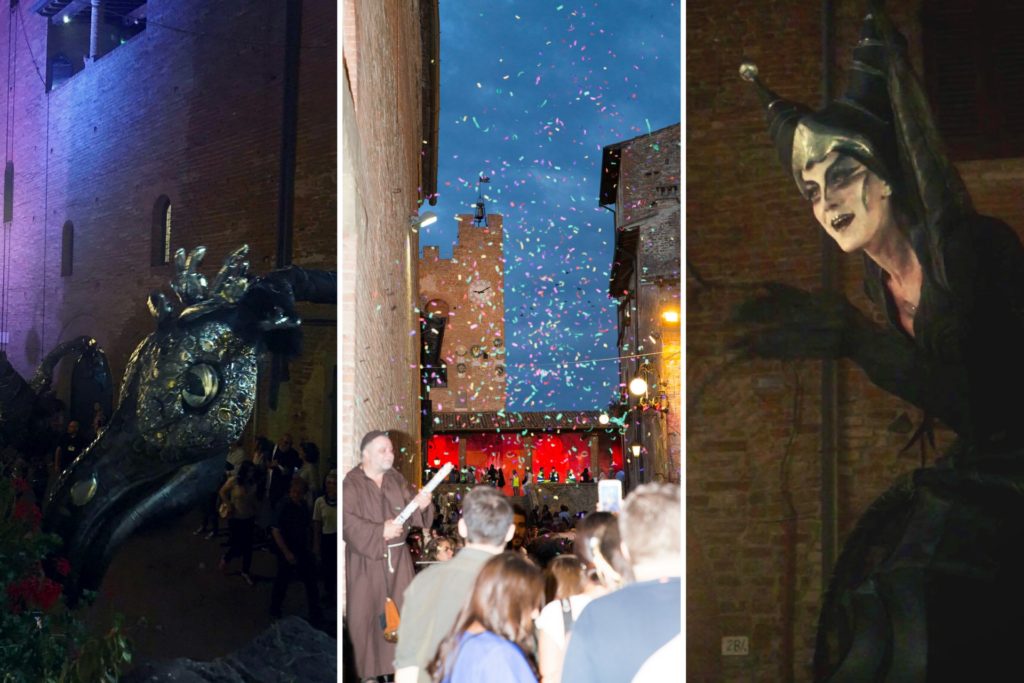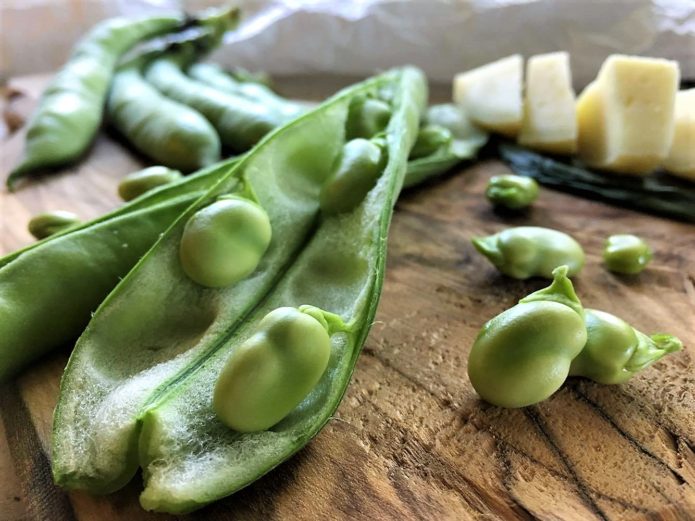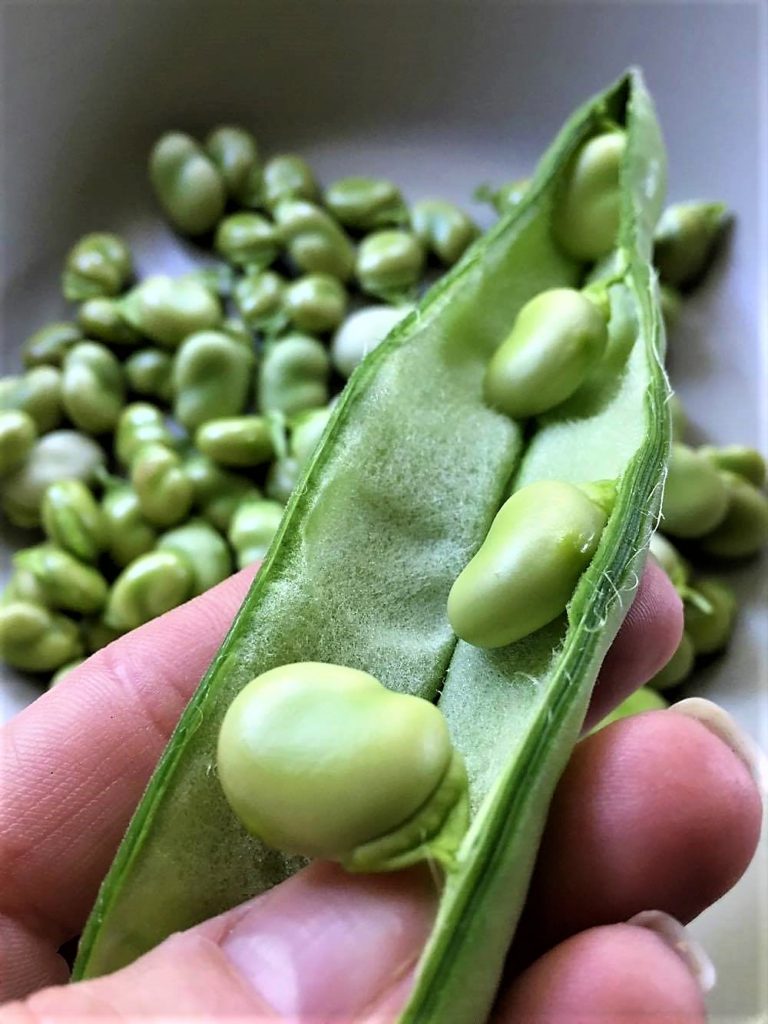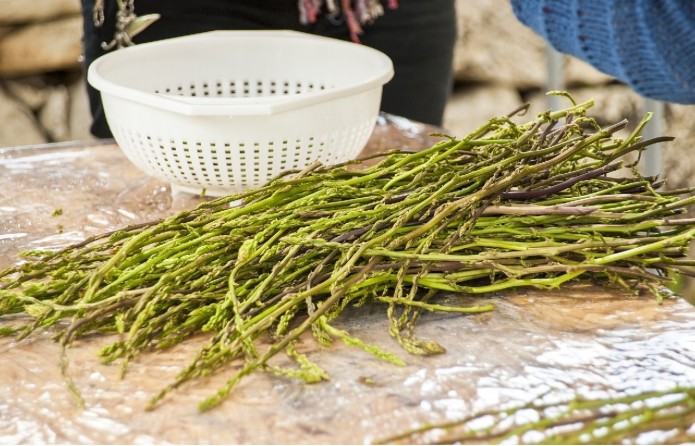… and other ancient Tuscan traditions
“Semel in anno licet insanire” (once a year, it is allowed to act like crazy) – our ancestors used to say on February, during the most bizarre and outgoing celebration of the year.
The Carnival season is a tradition that we are carrying on since medieval times, when jesters used to run through the village, encouraging people – who were then oppressed by the system and used to live in extreme poverty – to parody the values of the society they lived in, and the authority of the severe political and religious commandments, by inverting the roles and creating the Backwards World, where they could disobey the rules and become whatever they wanted for a day, wearing the “clothes” of the character they were joking on, living in redundancy and acting like fools in the cheapest and most rumorous possible way.
This rebellion would help them prepare for the forthcoming Lent season – the austere 40 days of Lent during which they had to abstain from eating meat and follow other ascetic practices, in order to purify their bodies and souls before the Easter festivity. In fact, the word Carnival seems to have Latin origins, as “carne levare” or “carnelevarium” means “giving up on meat”, a practice apparently dated back to the Romans era.

In order to be able to carry on such a commitment of great sacrifice, the Middle Age people would celebrate the Carnival not only by joking and feasting around, but mostly by overindulging on substantial and greasy meals, pints of wine and the sweetest desserts.
In Tuscany we are very bound to our ancient traditions, and fortunately some of them are still an important part of our cultural heritage. When the Carnival festivity comes up, local bakeries fill up their counters with greedy sweet and fried holiday treats, together with the traditional Tuscan dessert, which to this day has kept its original Renaissance recipe. We are talking about the Berlingozzo (berlinˈgɔttso), a soft, moist and flavored donut cake, with one of the quickest and simplest recipes ever, just like our grandmothers used to do it!
the origins of the name, there is always a reason.
This carnival dessert disguised as a breakfast donut, used to be served on Fat Thursday, which in Florence was the day known as Berligaccio. This funny word, was the name of a fifteen-century Tuscan mask, used in Florence during Fat Thursday, and represented by a mascot carried out in effigy through the city’s streets, among the loudest shouts, most colored dances and funny acting.
Just like “Carnevale”, it seems to have a Latin origin as well, from the word “berlengo” which means “table”; this takes us back to the feasting and overindulging tradition of the Medieval period.
We also have a verb descended from it, that you can easily find in most of Boccaccio’s tales, as a proof of the ancient origins of this Tuscan custom. It’s “berlingare” and it means to chatter, or to blather about things with no sense, right after having had a substantial meal and several pints of wine. Giovanni Boccaccio, Certaldo’s local and most famous Late Medieval novelist, poet and humanist, used to make great use of this verb in his works, mostly when talking about or describing a female character, as he would associate it to women’s being so gossipy about everything.
“lasciamo stare l’alte e grandi millanterie ch’ella fa quando berlinga coll’altre femmine”(…) “Ma solamente per voglia di berlingare (…) di che ella è vaghissima, sì ben dir le pare” – Il Corbaccio (Laberinto d’Amore) di Giovanni Boccaccio
“forget about her great bragging about (herself) she does when she chatters with other females (…) But only for the wish to chatter is she famous, even if she thinks she speaks out right” – Il Corbaccio (Laberinto d’Amore) by Giovanni Boccaccio
The Tuscan Berlingozzo
This year’s Fat Thursday is approaching, and after telling you all about this special time of the year here in Tuscany, we couldn’t just leave you there craving for a taste of some Tuscan Carnival treats. As we’re preparing for our traditional feast – next 23th of February – here in Certaldo, we want to share with you the joy of preparing and having a byte of this typical Tuscan dessert. So let’s not “chatter” any further and come to our nice and cheerful donut.
It’s all about a couple of fresh egg yolks, beaten with some sugar until pale, mixed with lemon zest and a tablespoon or two of freshly squeezed lemon juice, some extravirgin olive oil and a nice cup of Vin Santo – now this is the secret right here!
We like our Carnival desserts to be sweet and flavored, but our ancestors didn’t have any artificial flavors at the time; they simply used the home-made products they had, and that’s just what makes it so special. So following the ancient customs, we add in our Tuscan traditional home-made directly-from-our-vineyard Vin Santo: a type of italian dessert wine, usually made from white grape varieties such as Trebbiano and Malvasia, hanged and left to dry out on racks, in a warm and well ventilated area. If you ever come to Certaldo or anywhere near in Tuscany, you can have a taste of this marvelous sweet wine, together with the Cantuccini – our traditional home-made almond cookies, served as a dessert, at the end of your meal. It’s one of our most important landmarks around here, don’t miss it!
At this point, we just pour in the flour, mixed to some potato starch and a pinch of salt, together with a bit of baking powder. Then gently incorporate the beaten egg whites and pour the dough into a donut shaped baking tin, and into the oven, to bake for about a half an hour… Just enough time for us to sit and sip a nice glass of Vin Santo, while preparing our mask and costumes for the feast. Cheers!
Ingredients: 
for a 20 cm. diameter baking tin
2 fresh eggs
75gr. Sugar
1 lemon
50 ml. Vin Santo
50 ml. Extra virgin olive oil
150 gr. Flour
25 gr. Potato starch
6gr. Baking powder
1 pinch of salt
Preheat oven to 170 C degrees
Bake for about 25-30 minutes
Enjoy!


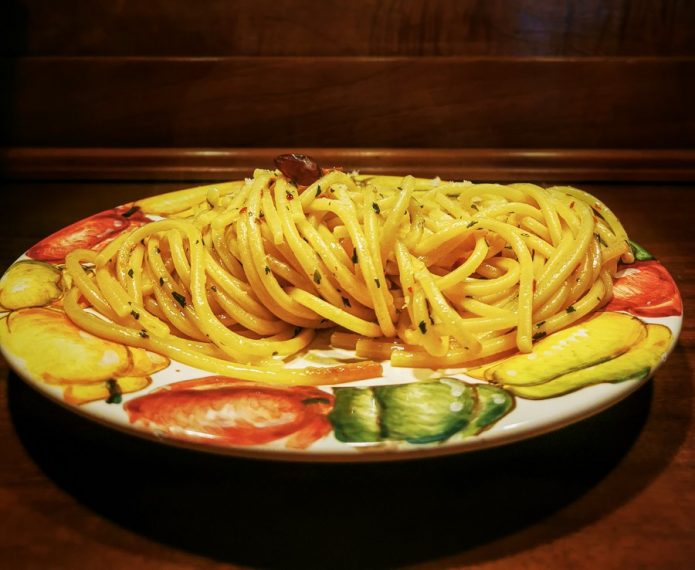

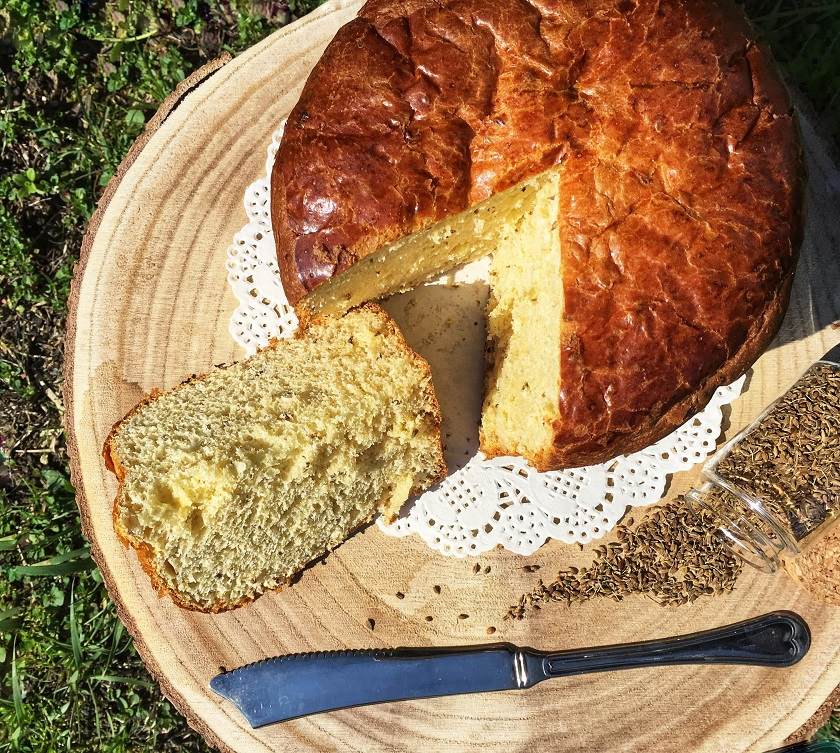









 Anyway, don’t expect to come across onions at every corner, when visiting Certaldo. Almost every farmer here grows its own, for their families’ consumption or local trading. So if you’re curious and looking for these sweet red gems, your only chances are the weekly
Anyway, don’t expect to come across onions at every corner, when visiting Certaldo. Almost every farmer here grows its own, for their families’ consumption or local trading. So if you’re curious and looking for these sweet red gems, your only chances are the weekly  Did we get you mouth-watering yet? Then here’s the recipe for you!
Did we get you mouth-watering yet? Then here’s the recipe for you!
